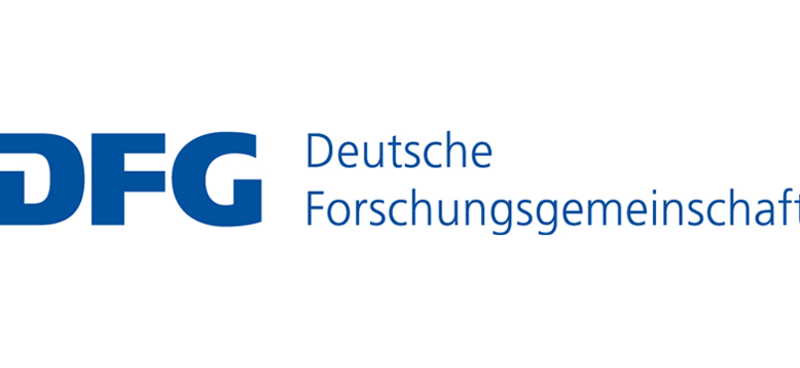Life-size statue of a wild boar found in Special Building D of Göbekli Tepe

Lebensgroße Statue eines Wildschweins im Sonderbau D von Göbekli Tepe. © DAI-IST // Moritz Kinzel
In the frame of the Göbekli Tepe Project, a cooperation between Istanbul University and the German Archaeological Institute, the life-size limestone statue of a wild boar appeared during the excavation of deposits from the northern part of Special Building D. The statue, which is 1.35 metres long with a maximum height of 0.70 metres, dates to the Early PPNB (~8.700-8.200 BC). It stands on a stone bench between pillar 43 (P43) and pillar 78 (P78) and directly in front of pillar 67 (P67). As such, the statue is a clear focal point of the structure and must have been of considerable significance to the prehistoric community that used it. The front side of the bench upon which it stands is decorated (from left to right) with the low reliefs of an H-symbol, a crescent, two snakes and three human faces (or masks).
Remarkably, the residues of red, black and white pigments still adhered to the statue’s surface. The tongue of the boar was coloured red, with black and white pigment found elsewhere on its body. Whereas experts have long presumed that pigments played a role in the decoration of statues and T-pillars at Göbekli Tepe, there is now unequivocal archaeological evidence for this assumption.
Research at Göbekli Tepe is undertaken in the frame of the German Research Foundation long-term project “The Prehistoric Societies of Upper Mesopotamia and their Subsistence”.
Kontakt
Dr. phil.
Lee Clare
, Referent für Prähistorische Archäologie / Göbekli Tepe / IT und Forschungsdatenmanagement
Lee.Clare@dainst.de
DAI Pressestelle
Podbielskiallee 69
14195 Berlin
Tel.: +49 (0)30 187711-120
Mail: presse@dainst.de
Förderer

Deutsche Forschungsgemeinschaft (DFG)





